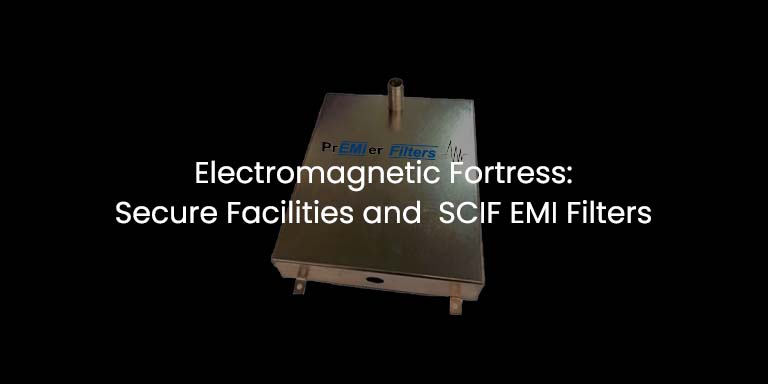
Faraday’s Principle, named after the famous British scientist Michael Faraday, plays a crucial role in understanding and addressing Electromagnetic Interference (EMI) through filtering techniques. Faraday’s Principle is fundamentally about electromagnetic induction, which forms the basis for many modern EMI filtering solutions.
Faraday’s Principle:
Faraday’s Principle of electromagnetic induction states that a change in magnetic field within a closed loop of wire induces an electromotive force (EMF) or voltage in that wire. This induced voltage results in the generation of an electric current within the loop. In simpler terms, it explains how a changing magnetic field can create an electrical current in a nearby conductor.
Now, let’s explore how Faraday’s Principle relates to EMI and filtering:
EMI and Its Causes:
EMI Filtering and Faraday’s Principle:
To mitigate EMI and protect sensitive electronics, EMI filters are employed. EMI filters work on the principles of Faraday’s law of electromagnetic induction and electromagnetic compatibility (EMC). Here’s how it works:
- Shielding: EMI filters often consist of conductive materials like metal enclosures or shields. These shields are designed to block or redirect electromagnetic fields, preventing them from reaching sensitive components or circuits. Faraday’s Principle explains how the shield can absorb and divert electromagnetic energy, protecting the interior from EMI.
- Common Mode Chokes: Common mode chokes are essential components in EMI filters. They consist of two coils wound on a magnetic core. When common mode noise (unwanted signals appearing in-phase on both conductors of a transmission line) is present, Faraday’s Principle comes into play. The changing magnetic field generated by the common mode current induces a voltage in the windings of the choke. This induced voltage creates a counteracting magnetic field that attenuates the common mode noise, thus reducing interference.
- Differential Mode Filters: In addition to common mode noise, EMI filters also address differential mode noise (unwanted signals appearing out-of-phase on the conductors). These filters use capacitors and inductors to attenuate these noise signals. Faraday’s Principle is still relevant here, as the changing electrical fields (resulting from voltage fluctuations) and the changing magnetic fields (associated with current variations) within the components help suppress the unwanted interference.
In summary, Faraday’s Principle, based on the concept of electromagnetic induction, is a fundamental aspect of EMI filtering. EMI filters leverage this principle to absorb, divert, or attenuate unwanted electromagnetic energy, protecting electronic devices from interference. By utilizing Faraday’s Principle, engineers and designers can create effective EMI filtering solutions that ensure the reliable operation of sensitive electronics in an increasingly noisy electromagnetic environment.
If you’re looking to learn more about how Premier Filters has the solution for you, contact us at info@premieremc.com or +1-657-226-0091.
































